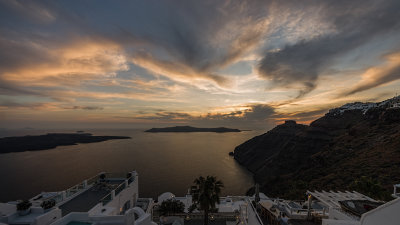What seems to be missing here is the understanding of how DNGs vary greatly from what Adobe developed originally. Pentax and other companies essentially code a TIF instruction and put the DNG extension on it. The DNG converter is the only sure, quick way to fully strip the instruction and obtain a true raw DNG as Adobe envisioned it.
What does that mean?
The DNG from a Pentax camera conforms
fully to the Adobe DNG specification! I've been using out-of-camera DNGs from Pentax cameras since those cameras used lossless compression. I
never have to use the DNG Converter on my Pentax out-of-camera DNGs!
Here is how I test this. I have downloaded the DNG SDK from the Adobe site. In the "targets" folder structure (for example in win/release) is a command-line program called dng_validate.exe. As its name implies, it gives a text-breakdown of the tags of a DNG, and indicates errors.
A DNG from a K-3 (or several earlier Pentax cameras) is a perfectly conformant DNG file. When comparing the text-breakdown of a DNG from the camera with the text-breakdown of a DNG that has gone through the DNG Converter after coming from the camera, the main difference is lots of XMP metadata added by the DNG Converter. That metadata is optional, and not required by the DNG specification.
For anyone wanting to examine DNGs in this way, here is a useful DOS command-line:
dng_validate -v abc.dng > def.txt
where
abc.dng is the name of the (supposed) DNG file, and
def.txt is the name of the text file to be created to show the analysis. (I'm assuming that the default DOS directory has been established as the folder with the DNG file in).
You might see text such as:
Validating "Miles2.DNG"...
Uses little-endian byte order
Magic number = 42
IFD 0: Offset = 8, Entries = 39
NewSubFileType: Preview Image
ImageWidth: 160
ImageLength: 120
BitsPerSample: 8 8 8
Compression: Uncompressed
PhotometricInterpretation: RGB
Make: "RICOH IMAGING COMPANY, LTD."
Model: "PENTAX K-3"
[vast amount more ....!]
Validation complete





